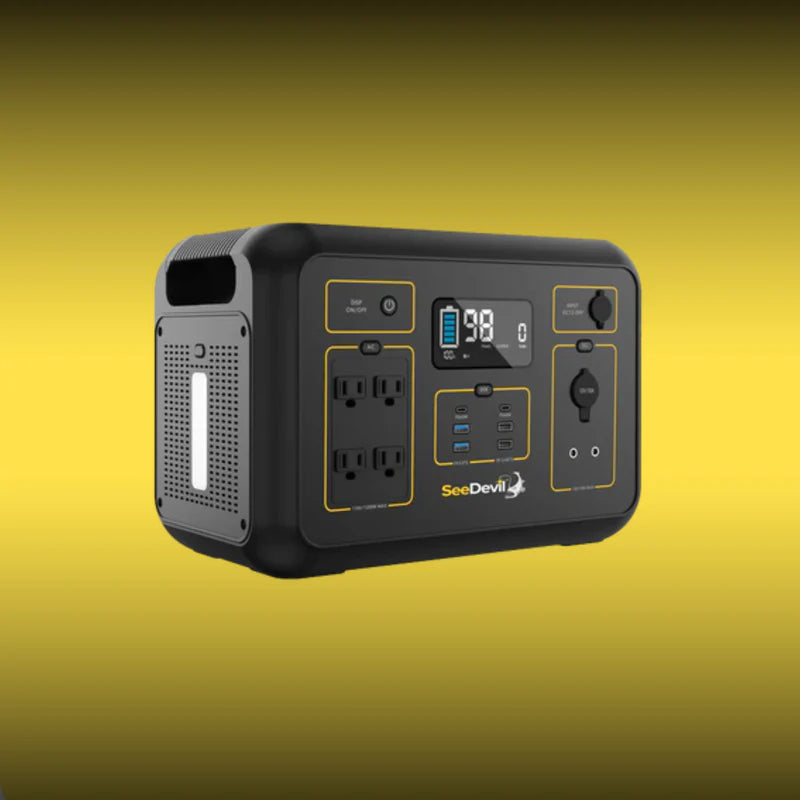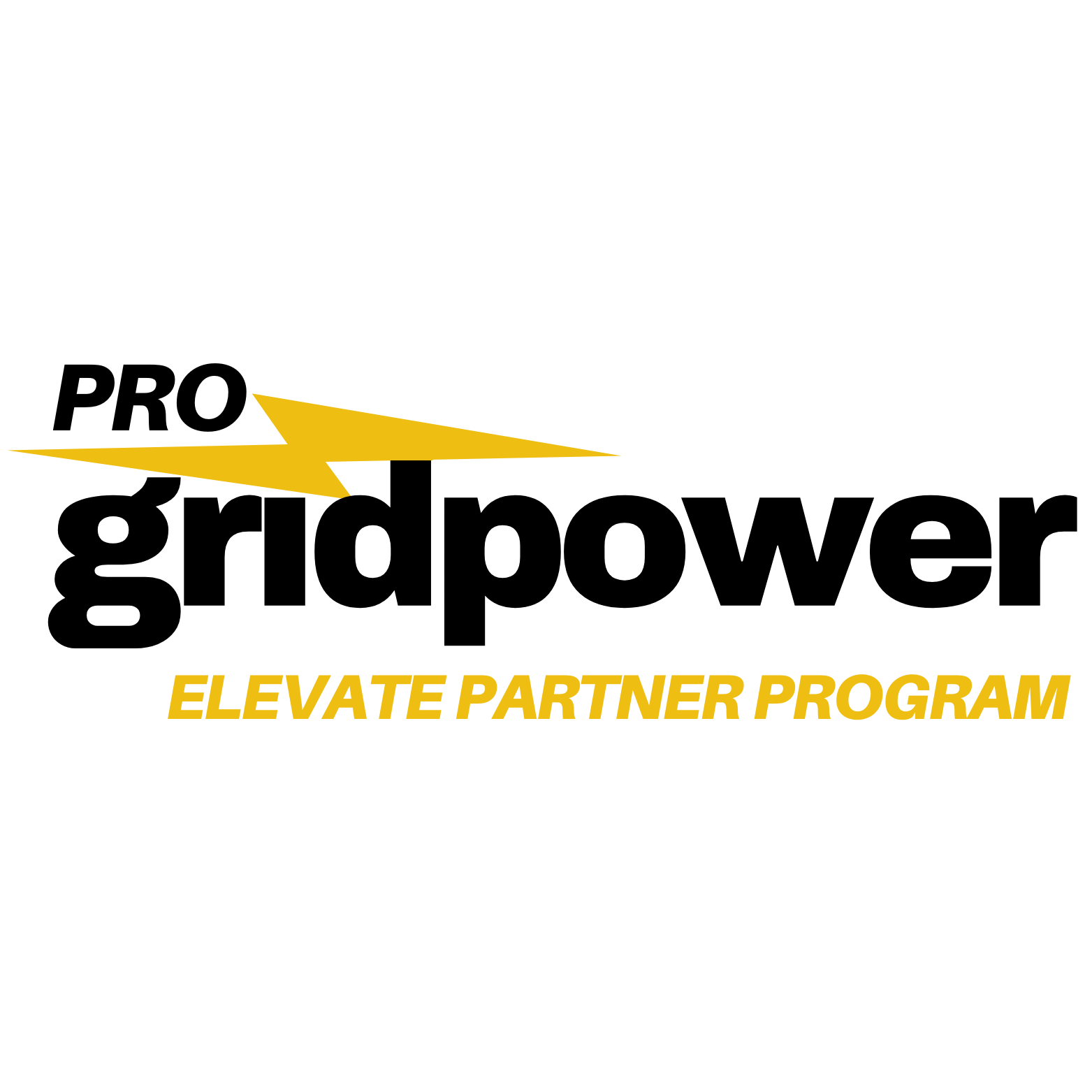How to Chose a Fully Encompassing Solar Kit: A Comprehensive Guide
As the demand for renewable energy grows, more people are turning to solar power for their energy needs. Whether you’re looking to power your home, cabin, RV, or even your boat, investing in a fully encompassing solar kit can save you money and help reduce your carbon footprint. However, selecting the right solar kit can feel overwhelming due to the variety of products on the market. Here's a step-by-step guide to help you choose a fully encompassing solar kit that suits your needs.
1. Assess Your Power Needs
Before diving into different solar kits, it’s crucial to know how much power you need. Create a detailed list of all the appliances, gadgets, and devices you plan to power, along with their wattage. This will allow you to calculate your daily energy consumption and ensure you select a solar kit with adequate capacity.
Example Devices and Wattage:
- A typical smartphone charger uses about 5W.
- A refrigerator may consume around 150W.
- An LED lightbulb might use approximately 10W.
Once you’ve totaled your estimated daily consumption, choose a solar kit that exceeds this amount to account for inefficiencies, cloudy days, or periods of high usage.
Pro Tip: Solar systems are rated by their peak wattage (W) and battery capacity in amp-hours (Ah). Always aim for a system that provides extra capacity to ensure consistent energy supply during fluctuations in sunlight.
2. Understand the Key Components of a Solar Kit
A fully encompassing solar kit typically includes several components. Knowing what each part does will help you understand the value and functionality of your kit.
- Solar Panels: Convert sunlight into electricity. Monocrystalline panels are highly efficient but more expensive, while polycrystalline panels are more affordable but slightly less efficient.
- Charge Controller: Manages the flow of energy from the solar panels to the battery, preventing overcharging and extending battery life.
- Battery Bank: Stores excess energy generated by the solar panels. Options include lithium-ion batteries (lightweight, long-lasting) and AGM batteries (affordable, durable).
- Inverter: Converts direct current (DC) from the panels and batteries into alternating current (AC) used by household appliances.
- Cables and Mounting Hardware: Ensures the system is safely installed and all components are securely connected.
Tip: Make sure your chosen kit includes all essential components to avoid the hassle of sourcing additional parts separately.
3. Portability vs. Permanence
Solar kits can range from portable setups to permanent installations. Your intended use will determine the best option for your needs:
-
Portable Solar Kits:
Ideal for camping, RVs, or boats, these kits are lightweight and easy to set up. Many come with foldable panels for convenience. -
Permanent Installations:
Suitable for powering homes, cabins, or large off-grid systems. These kits are typically larger and more robust, requiring professional installation in some cases.
If you foresee frequently moving your system, opt for a portable kit with features like quick assembly and lightweight components.
4. Solar Panel Size and Efficiency
The physical size and efficiency of solar panels can vary widely. Higher-efficiency panels produce more power in less space but come at a premium cost.
- For limited spaces (e.g., RVs or small cabins), opt for monocrystalline panels with an efficiency rating of 18-22%.
- For larger installations where space isn’t a constraint, polycrystalline panels offer a cost-effective solution.
Pro Tip: Solar panels with higher efficiency are especially beneficial in areas with limited sunlight or shading issues.
5. Battery Capacity and Type
Your battery bank is the heart of your solar system, storing energy for use during the night or cloudy days.
- Lithium-ion Batteries: Lightweight, efficient, and durable with a long lifespan. Ideal for users needing maximum storage and performance.
- AGM Batteries: More affordable and durable but heavier and less efficient compared to lithium-ion batteries.
When choosing battery capacity, ensure it aligns with your energy consumption needs without requiring constant recharging. For example, if your system produces 500Wh of energy daily, your battery should store at least that amount to provide consistent power.
6. Look for Expandability Options
You may start with a modest solar system, but your energy needs could grow over time. Opt for a solar kit that allows for expansion by adding panels, batteries, or upgrading inverters. Expandability ensures your system can adapt to future requirements, saving you from having to invest in an entirely new setup later.
7. Warranty and Customer Support
A solar kit is a long-term investment, so warranties and support are critical. Look for:
- Solar Panels: At least a 10-year warranty.
- Other Components: 1-5 years of coverage, depending on the part.
- Customer Support: Responsive and reliable assistance for setup, troubleshooting, or repairs.
8. Compare Price and Long-Term Value
While it’s tempting to choose the cheapest option, investing in high-quality components will save you money in the long run by reducing maintenance and replacement costs. Consider the following:
- Cost of the kit versus potential energy savings over time.
- Durability and reliability of components to avoid frequent repairs.
9. Read Reviews and Seek Recommendations
Before purchasing, read customer reviews to understand real-world performance and reliability. Join forums, watch video reviews, or ask friends with solar experience for recommendations. This step can prevent costly mistakes and help you identify a kit that fits your needs.
Conclusion
Choosing the right fully encompassing solar kit is about understanding your energy requirements, ensuring the kit includes all key components, and planning for future expansion. Whether you need a portable system for off-grid adventures or a permanent solution for your home, following this guide will help you make an informed decision.
Solar energy is more than just an eco-friendly choice—it’s a long-term investment in your future. By selecting the right kit, you’ll enjoy clean, sustainable energy tailored to your lifestyle. Harness the power of the sun, reduce your carbon footprint, and start saving money today!



















